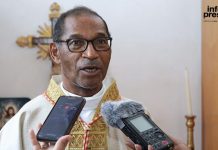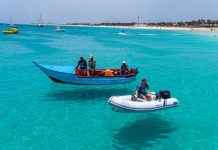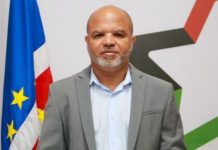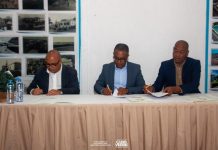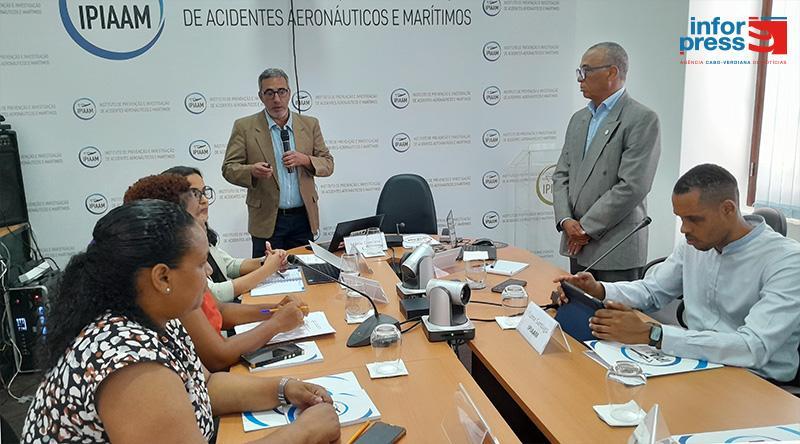
Africa-Press – Cape verde. Journalist Mário Pedro Caetano, from the Lusa agency, considered today, in Mindelo, that when covering aeronautical and air accidents and incidents, the journalist must, from the beginning, have a “cool head” and avoid exposing images of the victims.
At the opening of a training session on aeronautical and maritime accidents and incidents, aimed at journalists, and promoted by the Institute for Prevention and Investigation of Aeronautical and Maritime Accidents (IPIAAM), as trainer Mário Pedro Caetano recalled that an accident “is not just the accident itself.”
“It doesn’t just cause material damage, it always has implications, both economic, social and legislative”, he reinforced, and, sometimes, he indicated, social networks explore exactly the opposite of what the regulation of journalism, in deontological terms, should do.
Therefore, he continued, the two-day training, with a workload of 12 hours, will give “considerable” emphasis to issues relating to the deontology of journalists because, he summarized, everything that has to do with the victims and show this to the reader , to the listener, to the spectator, “it’s not easy”.
“It has to do with feelings and the professional part of journalism, and this area has to be developed, it has to be worked on very carefully, so as not to shock, because this is one of our functions, but always focusing on the information part of impartially and precisely, even the part of the risk information or the information that is more sensitive”, explained the trainer.
“That’s why we have to clean up these areas and try to overcome the best way we can report, as a well-informed public is a public that better forms its opinion”, he reinforced.
In this sense, Mário Pedro Caetano exemplified with an experience he recently had when he was present in an accident in Europe, with a military plane, in a conflict zone.
“It was terrible, because the decision is not easy, arriving, seeing the remains of bodies, plus the social environment and the misfortune itself, and the crisis, is not easy”, he explained.
In a scenario like this, the journalist advocates: “It’s a zone, almost a limbo, between the emotional part and the informational part, and we have to move away, we have to be coherent, not forget the code of ethics we have, but demystify the thing and we put all our professionalism, our impartiality, our rigor, at the service of the reader, the spectator or the listener”, concluded Mário Pedro Caetano.
On the part of IPIAAM, the interim president, Jorge Rodrigues, indicated that the training action is the beginning of the establishment of a collaboration between the media and the institute he directs because, he summarized, an accident, whether on the aeronautical side or on the maritime, always attracts “a lot of attention”.
“Taking into account that journalism is considered a defense of the public’s interests, we are trying to establish this collaboration so that when they have to pass on information to the public, the information is passed on in the most correct way possible”, said Jorge Rodrigues, as, summarized, poorly transmitted information can harm the investigation process.
Asked whether IPIAAM is open to passing on information to journalists at the right time on issues related to aeronautical or maritime accidents and incidents, the interim president said that the institution will “always be open to passing on information” to journalists, especially because the objective of IPIAAM is to identify the cause of an accident, whether maritime or aeronautical.
“IPIAAM does not identify the culprit, it only identifies the cause, so that, in fact, the accident does not happen in the same way and will not limit the media in terms of information, hence the promotion of this training”, concluded Jorge Rodrigues.
The two-day training has a vast theoretical component on journalism in the context of accidents in the aviation and maritime sectors, and the aim is to provide participants with knowledge regarding the complexity of these events and a tool to guarantee “accurate, sensitive and information” of them, which involve technical, regulatory and security issues.
For More News And Analysis About Cape verde Follow Africa-Press

